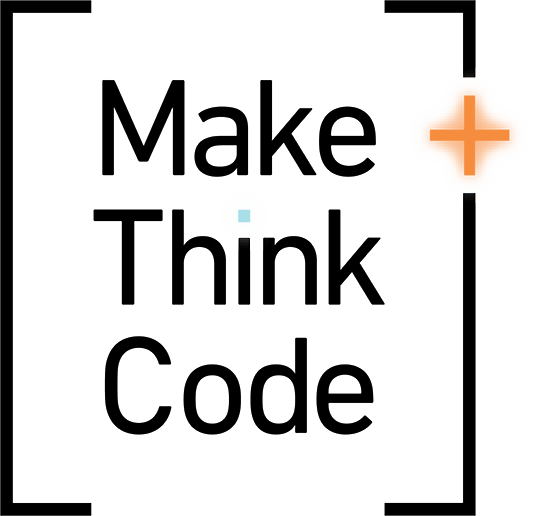
We're really excited about seeing the 2 prototypes (bird calls and air pollution pm 2.5) come together. We'd really love designers, developers, technologists, engineers, data scientists, dataviz folks, researchers, gis/mapping, environment/ecology/conservation folks to help us move to the next phase of the project. Please join us -- we would love to have a diverse interdisciplinary collaboration.
At our Monday, February 19 from 3pm - 6pm session, we will do a brief introduction at 3. We plan to have four main groups that will focus on (1) fabrication and technical problem solving associated with sensor construction; (2) a group to discuss the initial considerations of where the first 10 pilot sensors should be located; (3) a group to develop a design brief and the storytelling associated with each sensor; (4) and a group to develop the design and visual branding
Group 1a,b: Two concurrent build sessions for air quality sensors (1A) and bird detectors(1B). We will eventually build 10-20 of each sensor type.
Fabrication of enclosures/casing, mounting hardware, completion of all coding, data storage, and transmission, power sources, etc. Prototypes will need to be tested and tweaked for performance and reliability in the field (both of the physical device and the data quality). Alternative models/designs may be compared for data quality, appeal, and cost. These prototypes will inform the final versions we will build and deploy this summer. We'll get as many built during this session and finish over the week.
Engineers, developers, technologists, fabricators, - we'd love your participation.
Group 2a,b: Locating the Sensors.
Determine where we want to locate these first test sensors. What are the constraints to make sure the sensors can function properly, who is our audience, what sorts of environments (built and natural) do we want to test these on? How can sensor placement address the greatest number of potential consumers of sensor data? What will give us the broadest most relevant data?
Calling all researchers, ecologists, conservation groups, mapping/gis, land use people, ...
Group 3: Design Briefs and Storytelling:
Why are we building these sensors and what are they intended to do? Who will use them? How do we want people to interact or engage with the sensors and the data they produce?
By the end of the session, we will create a Design Brief for each sensor (bird calls, air pollution). We have draft one to work with for the bird calls and will need one for the air pollution project as well.
We will also create a story of the project and the goals to offer the sensor hosts a sense of how they are contributing to/participating in our efforts.
Group 4: Design and Visual Branding
We'd love to design a visual brand and identity for the project and the 2 sensors. We'll use ideas, images, and language we've developed so far as a starting point but as the sensors move out into the world, it would be lovely to start to have a cohesive visual vocabulary for the project.
A goal for this meeting is to have a clear sense of each of these documents, to have drafts in development for 3 and 4, and to have process/teams/timelines for each to continue the work.
In the March 12th session, we will design the experience of the website. We will design the interface for crowdsourcing bird identification through their calls (by ornithologists, bird enthusiasts everywhere) based on Galaxy Zoo's classification process.
We'd also like to start designing the experience for the apps to give users (esp. air pollution for now), an interesting and impactful visual form. We'd love ways to make these sites interesting, educational, and compelling including interactive apps, gamification, ...
Share with artists, designers, ecologists, data scientists, artists, technologists, engineers, developers, students, educators, GIS/mapping/conservation/bird enthusiasts and invite them to join us ...
Find out more about the Sensing the Environment project and partners and join our slack
